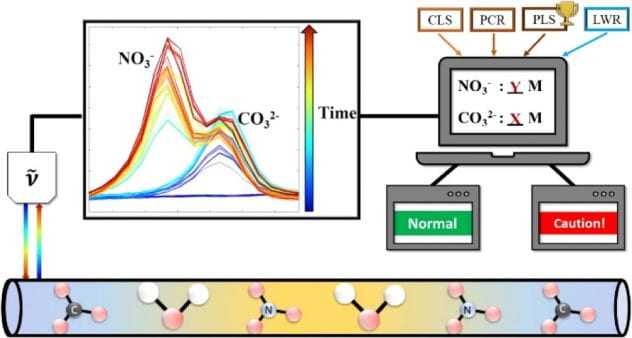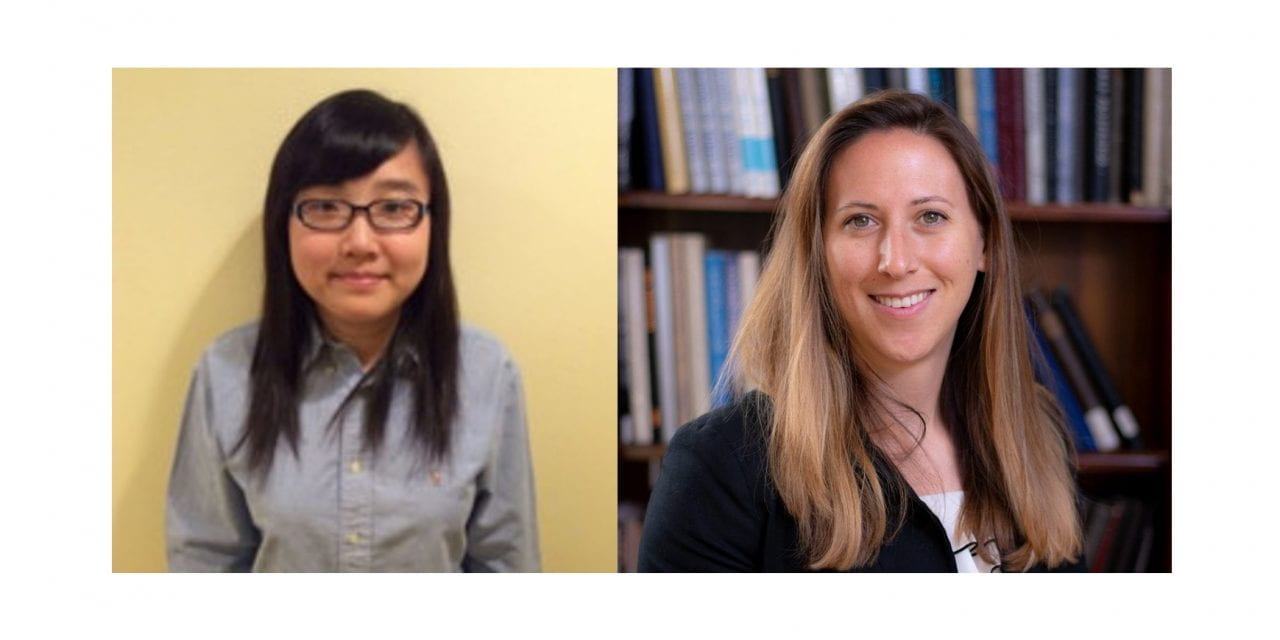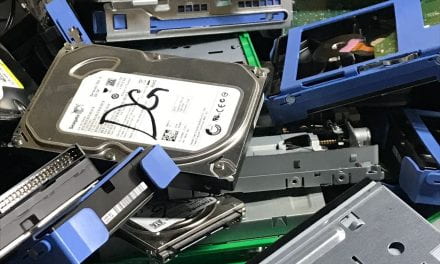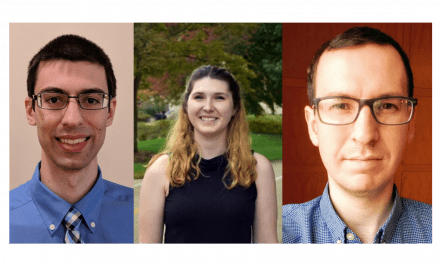Congratulations to CSSM members Poki Tse and Jenifer Shafer on the publication of their manuscript titled, “Quantification of Raman-Interfering Polyoxoanions for Process Analysis: Comparison of Different Chemometric Models and a Demonstration on Real Hanford Waste”, which can be found at this link.
The Hanford site represents a complicated environmental remediation challenge, remaining from the production of nuclear weapons. Over 100 million gallons of liquid radioactive waste of unknown composition will be chemically processed and vitrified, but the varying chemical composition and highly radioactive nature of the waste preclude the implementation of more developed, offline technologies to determine the composition. The only practical approach to waste treatment will require the significant utilization of real-time, chemometric modeling approaches. As the tank waste is largely composed of oxoanions, which tend to have interfering Raman spectra, the general question was posed as to what chemometric approach is best suited to accurately quantify analytes in the presence of interfering signals. This was carried out by examining the ability of classical least square (CLS), principal component regression (PCR), partial least square (PLS), and locally weighted regression (LWR) to quantify NO3– and CO32– using their bands around 1050 cm–1. For all samples, the PLS-based model was found to be the most efficient approach from a model building and application perspective.






